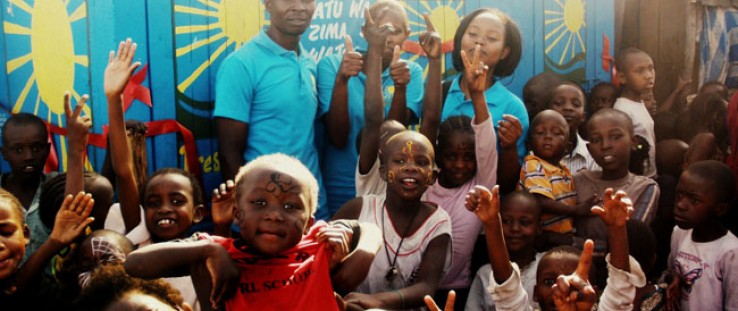 Sanergy hosts a marketing event in a Kenyan community to generate demand for its low-cost, hygienic sanitation centers. The toilet facilities are proving to be one solution to the long-standing problem of sanitation in developing countries.
SANERGY
Sanergy hosts a marketing event in a Kenyan community to generate demand for its low-cost, hygienic sanitation centers. The toilet facilities are proving to be one solution to the long-standing problem of sanitation in developing countries.
SANERGY
 Sanergy hosts a marketing event in a Kenyan community to generate demand for its low-cost, hygienic sanitation centers. The toilet facilities are proving to be one solution to the long-standing problem of sanitation in developing countries.
SANERGY
Sanergy hosts a marketing event in a Kenyan community to generate demand for its low-cost, hygienic sanitation centers. The toilet facilities are proving to be one solution to the long-standing problem of sanitation in developing countries.
SANERGY
Eight million people in urban Kenya do not have access to a simple, hygienic latrine, and instead are forced to either use a pit latrine with hundreds of other people or employ the “flying toilet” tactic—which entails relieving oneself in a plastic bag and throwing it in the street. Both methods result in unsanitary conditions, pollution and contaminated waterways. Across the globe, these conditions are affecting those in underdeveloped countries, including the lives of an estimated 2.6 billion people who lack even a basic toilet structure, according to a July 2012 Good Business article. But those numbers are going down, one toilet at a time.
David Auerbach
Age: 31
Company: Sanergy
Mission: In a model that “starts with sanitation and ends with energy,” Sanergy brings sustainable, entrepreneurial toilets—and some useful byproducts—to urban areas in Kenya and beyond.
David Auerbach’s solution to the sanitation problem is Sanergy, a company he co-founded and helped launch in 2010 with a multi-purpose business plan that “starts with sanitation and ends with fertilizer and energy.” The company builds low-cost, bright-blue, concrete sanitation centers resembling porta potties that are each designed to serve 80 people per day with clean toilet services. The centers are sold to local entrepreneurs on a franchise model, which not only addresses the serious need for toilet facilities in Nairobi—a city of over 3 million people—but also creates jobs.
“The world of sanitation is still pretty grim—8 million people in urban Kenya lack access to an adequate toilet,” said Auerbach, 31. “A clean, safe, hygienic sanitation experience can have a transformative effect as residents enjoy the benefits of a higher quality of life. They begin to expect an improved community, a cleaner surrounding environment, better health services and find the means to send their kids to school.”
The unique aspect of the model, however, does not lie in its social enterprise heritage or its success in closing the sanitation gap and improving health in Kenya and its neighbors. It is the way in which the eight metric tons of waste per week from 70 toilets—normally dumped into waterways—is converted into items of high value in the developing world: organic fertilizer and, at scale, electricity.
These useful byproducts are gleaned when Sanergy employees visit each latrine—run by local entrepreneurial operators—and, using handcarts, remove the waste deposits at the end of each day. The centers are equipped with air-tight containers, which make it easy and sanitary for the waste collectors to pick up and replace them.
The containers are then brought to Sanergy’s central processing facility where the waste is converted into “gold,” as Auerbach refers to it. Microorganisms turn the waste into high-quality organic fertilizer that is sold to commercial and small-hold farms.
This recyclable and renewable process finds a way to reap benefit from waste while simultaneously tackling and eliminating a profound and persistent sanitation problem in the developing world.
The Sanergy Solution
In December 2011, USAID awarded Sanergy a $100,000 grant through its Development Innovation Ventures (DIV) program to refine its business model and adapt it to the needs of the local environment in Mukuru, a slum in eastern Nairobi.
“Since the grant came through, we’ve been able to open 70 sanitation facilities which are serving 4,000 people every day with hygienic sanitation that they were not receiving before,” Auerbach says.
After assembling each sanitation center, which takes one day, Sanergy franchises it out to a local entrepreneur who receives funding primarily from their savings and local microfinance banks. With that loan, the local operator can purchase the $500 center and its annual $100 renewal fee—which covers the daily waste collection service for one year, as well as peer networking events and branding. To repay loans and begin to make a profit, the operator establishes a pay-per-use fee, membership fees and complementary product sales for customers. The incentive to earn revenue persuades each operator to provide good customer service and supply the center with water, soap and toilet paper.
Although operators have discretion over how much to charge customers in the pay-per-use system, the range is from 3-5 Kenyan shillings, or 4-6 cents, and an average of 60 people pay this price at each sanitation center every day.
“We find that people are very willing to pay for the hygienic, convenient and safe sanitation experience,” Auerbach said. “For those who are unable to afford to pay, we are looking to pilot a voucher program, much like how Food Stamps works in the U.S.”
While local entrepreneurs are earning money through sustainable jobs, Sanergy is also profiting in the next step of the model, the waste processing plant. Revenue from the organic fertilizer and biogas energy keeps the company in the black.
Sanergy was also selected as a “Beyond Waste” innovator under the LAUNCH program, a joint effort by USAID, NASA and Nike to find sustainable solutions to development challenges, and was featured at a July forum.
“It was amazing to see the breadth of waste issues that the LAUNCH program covered,” said Joseph Atnafu, team leader for waste processing at Sanergy, who is also under 35. “It brought together innovations and expertise from around the world, covering the full spectrum of the waste management field. I found it inspiring to be amongst knowledgeable council members and game-changing innovators working to change the world.”
China’s Urban Inspiration
In order to put more sanitation centers on the map, Auerbach said the company had to tackle the thorny issue of property rights. Land rights were often not clearly defined in the locations Auerbach and his company wanted to set up bathroom facilities, which led Sanergy to expand its network of partners to include landlords who need sanitation centers on their properties.
Like many development innovations, the inspiration for this one has humble beginnings. The idea first crossed Auerbach’s mind during a two-year fellowship teaching English in China’s Hunan province from 2004 to 2006 when he witnessed the horrors of pit latrines. “When flies flew out of the odorous and half-filled pit latrine, I felt most viscerally how easy it was for disease to spread and how unpleasant a user experience it was,” Auerbach said.
In 2009, as a graduate student at MIT’s Sloan School of Management, Auerbach teamed up with two other students in the program and constructed a business plan for an entrepreneurial class on international development.
Sanergy was born the next year under the platform of scaling sustainable sanitation solutions to developing countries. With grants from organizations like Echoing Green, the Swedish International Development Agency, the Bill & Melinda Gates Foundation and the Mulago Foundation, Sanergy has been able to successfully test and implement the prototype in Nairobi.
At each step, Sanergy creates job opportunities and generates profit, all while addressing a serious social need. Overall, the model represents a potential $177 million market. In five years, Sanergy aims to serve half a million people.
“Our short-term goal is to put up 250 toilets by the end of the year,” Auerbach said. “Our long-term goal is 6,000 toilets serving 500,000 people. We think we can do all that in Kenya. And once we do, we have big plans to move into East Africa and beyond.”







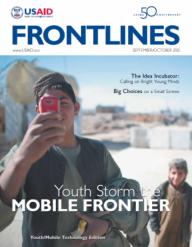

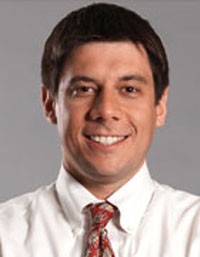
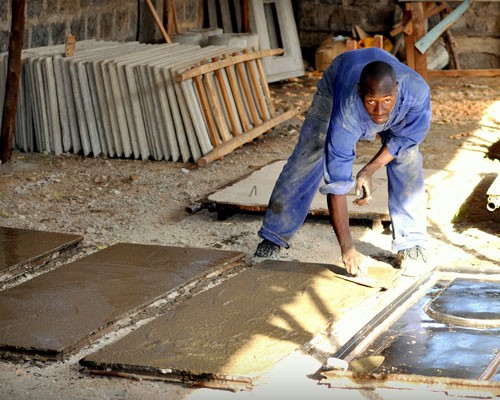
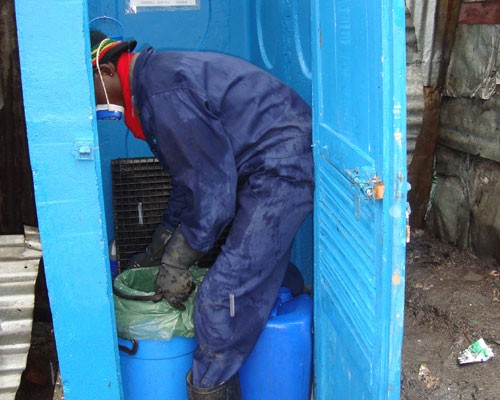
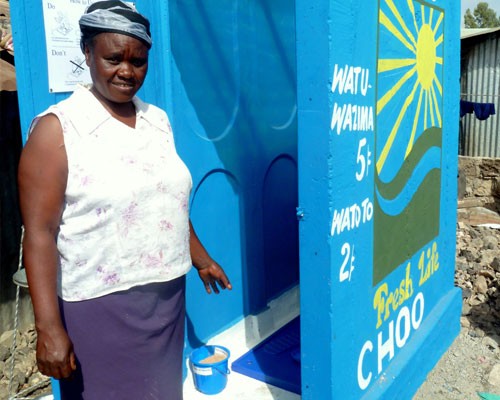
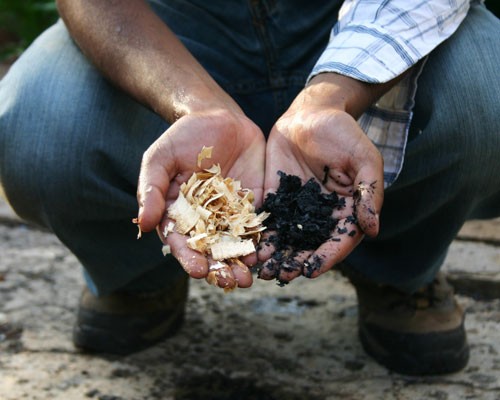
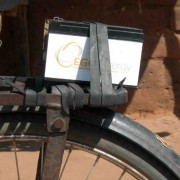
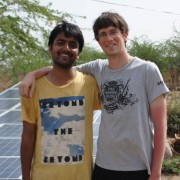
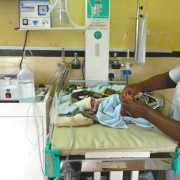
Comment
Make a general inquiry or suggest an improvement.